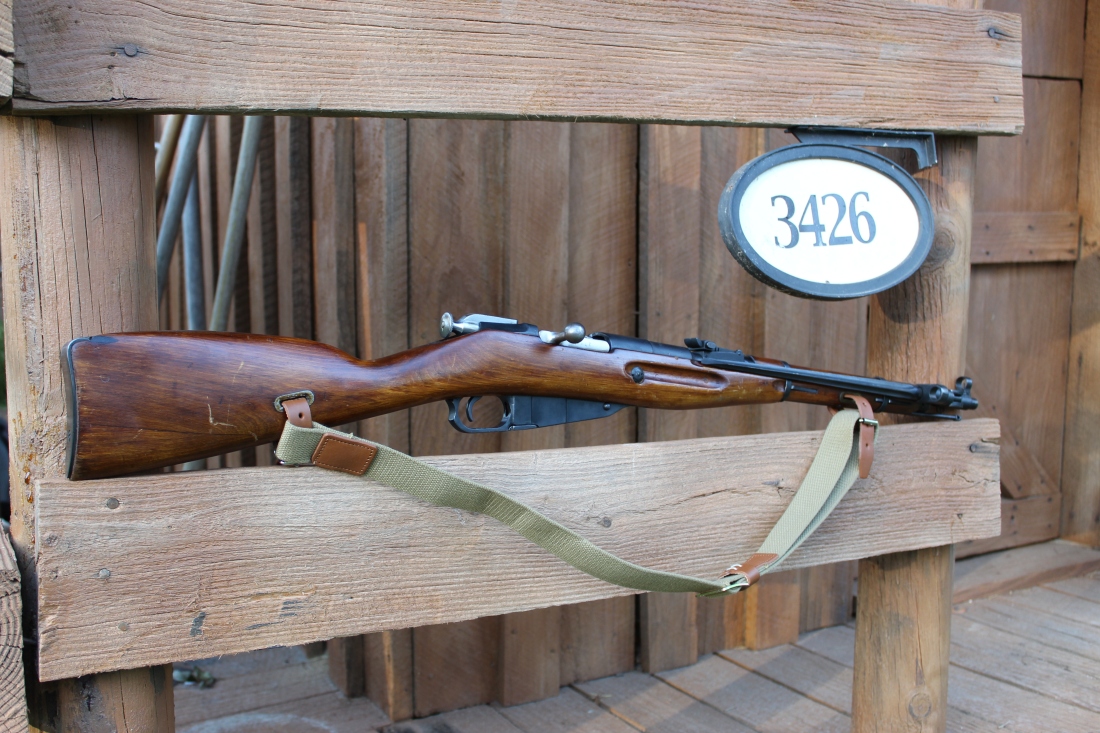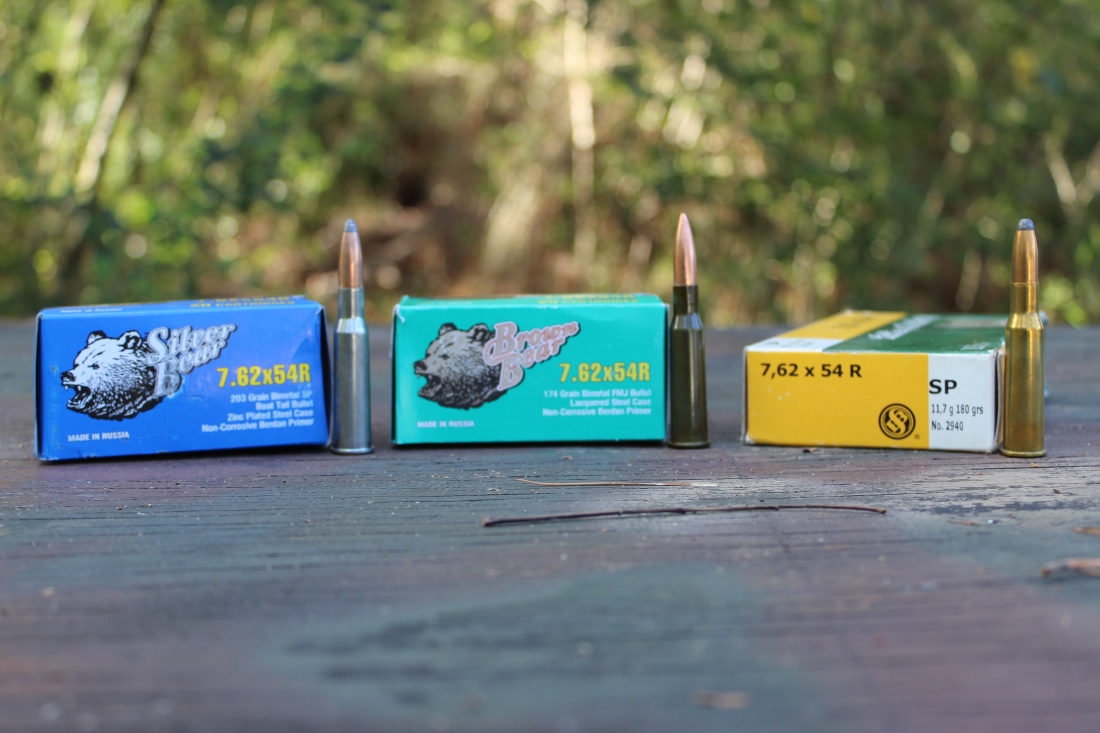
The evolution of the Mosin Nagant as the standard service rifle of Imperial Russia and later the Soviet Union is quite interesting. It wasn’t too long after the start of the Mosin Nagant’s service life began in 1891 that the need for a smaller more maneuverable variant of the 7.62X54r rifle was needed. The first carbine designed by the Russian’s was the Gendarmerie carbine in 1895 for the border police, but only 11 examples were know to be made. There was also a St. Petersburg Calvary Carbine that was short lived. The first carbines to be made in mass numbers (around 344,000) were the three line carbine model of the year 1907. Most people just refer to them as the model 1907 Mosin Nagant which is much easier to remember.

After the Russo Japanese war in 1905 it was clear a smaller rifle was needed for troops whose primary job wasn’t necessarily fighting on the front. The 1907 carbines, coming in at 39.96 inches, were also used for mounted Calvary troops as they fit in a scabbard much easier than the long 48.5 inch 1891 model. The 1907 carbines are extremely rare on the US market. The successors to the 1907 in the M38 and M44 are easy enough to find on online auctions. In the early 1930’s the Mosin Nagant had seen some revisions in the model 91/30 for standard service use. These improvements warranted the creation of a new carbine as well. The M38 was the response to the so-called modernization of the Mosin Nagant rifles. These rifles were great for the roles they filled, but lacked one key feature necessary for the intense and often close quarter combat on the eastern front. There was no way to mount a bayonet to the rifle. That is a pretty big deal when ammunition was as scarce as it was for the typical Soviet soldier of the time. Soviet engineers developed a new rifle to solve this issue in the M44. They took the footprint of the M38 rifles and added a folding bayonet to the right side of the rifle.
The M44 was a great step in the evolutionary process for the Mosin Nagant, but came just a touch too late to see much combat on the eastern front as millions of 91/30 rifles occupied the lines ahead of them. I have two examples of the M44 in my collection, one of which is a Soviet Izhevsk made in 1944 and the other is a Polish model made in 1952 by Łucznik Arms Factory in Radom. The rifles require a special zero for use with the bayonet. When the bayonet is extended and the rifle is fired, the concussion of the blast can divert the path of the bullet to the left as the bayonet is redirecting the blast back onto the bullet. This is remedied by the drift-able hooded front sight post.
I tried a few different loads in my Soviet M44 with results that I feel were pretty representative of Mosin Nagant accuracy as a whole, which is not very good.

The 203 grain Silver bear wasn’t bad, but I pulled the third shot in my three shot group that skewed the results.

Next up was the Czech made Sellier and Bellot that weighed in at 180 grains. It wasn’t too bad and I would feel comfortable hunting within 100 yards with either one of these cartridges.

The 174 grain Brown Bear ammunition seemed to hit point of aim as I could ring a steel target at 100 yards with relative ease. One thing that I noticed with every round I tried was how inefficient 7.62X54r is in such a short barrel. You can easily see the unburnt powder ignite at the muzzle.
These awesome rifles are some of my favorite and most useful variants of the Mosin Nagant. It seems to have been well liked as the Russians, Hungarians, Polish, Romanians, and Chinese produced them in mass numbers. There could be a few more countries that produced them, but I am unaware of them. Well, I hope you enjoyed this snippet of Russian small arms history and come back soon.
P.S. Communism sucks.





